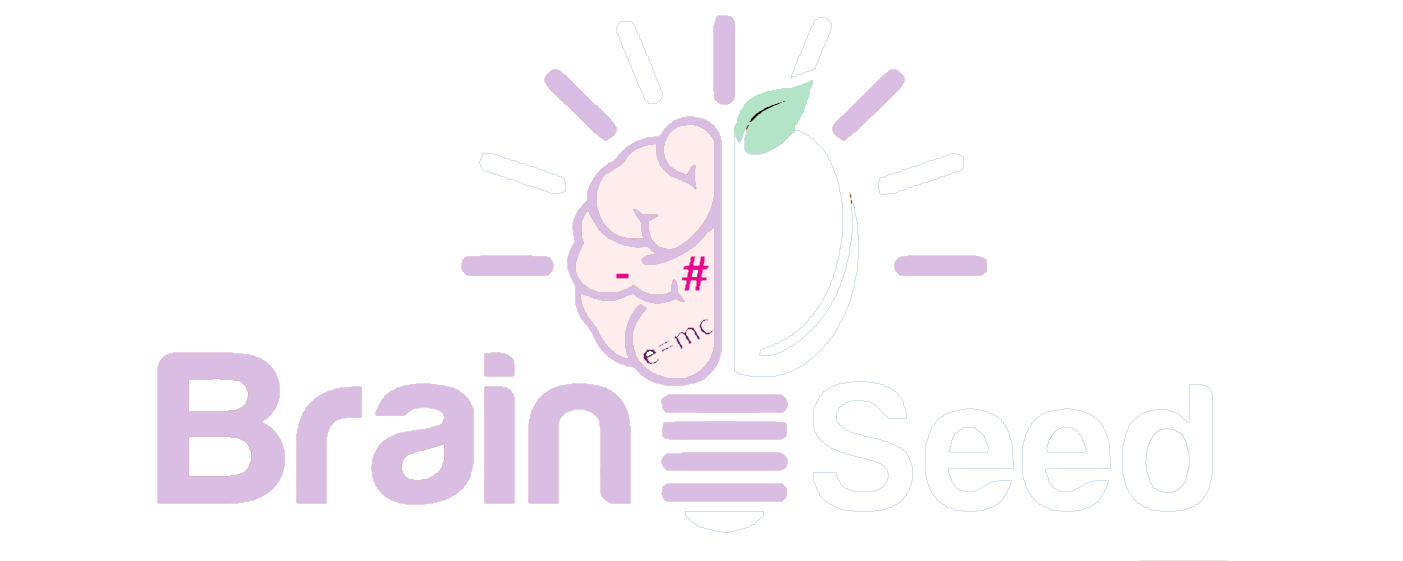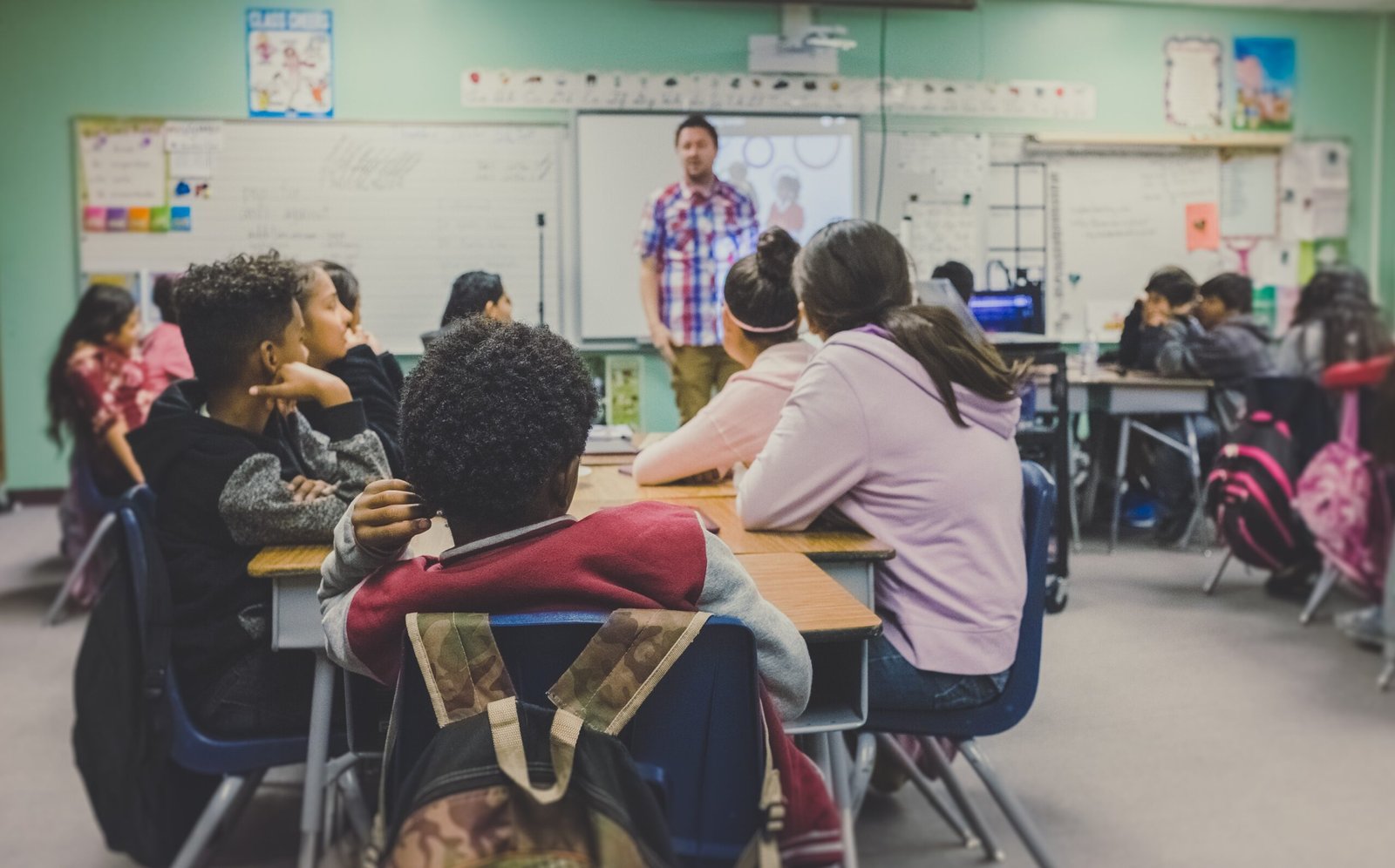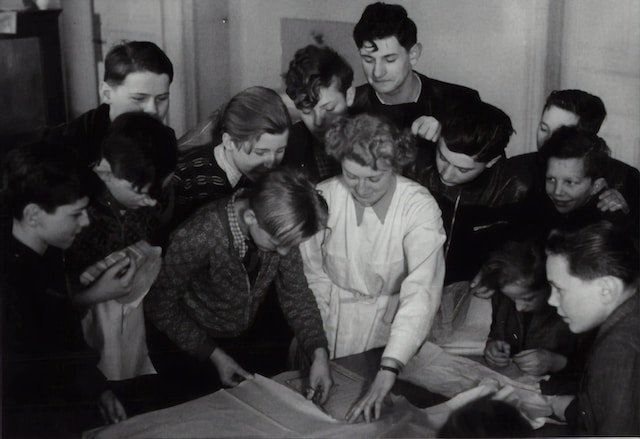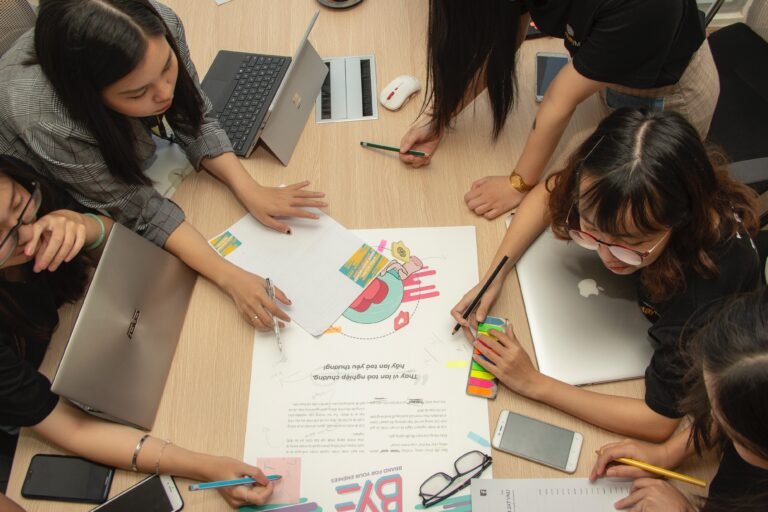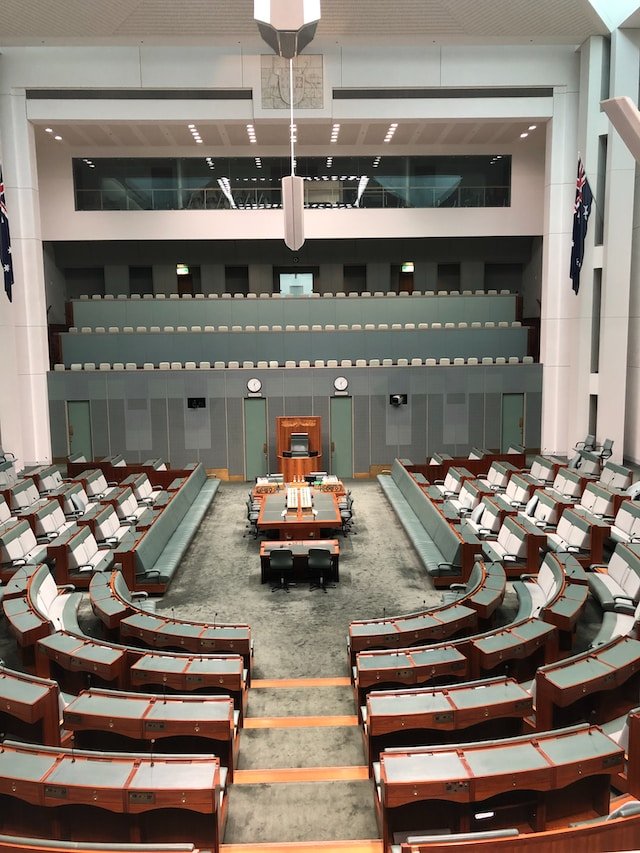What are the best practices for using drama in the classroom?
Using drama in the classroom can be a powerful tool for improving student engagement, promoting creativity, and supporting learning across various subjects. Whether it’s using role-playing to explore historical events or improvisation to understand complex scientific concepts, drama can be an amazing and rewarding tool for both teachers and students. However, to ensure that drama is used effectively, it’s important to follow best practices that have been developed based on research and experience. Here are the recommended best practices for using drama in the classroom.
Set Clear Objectives: One of the most important things to do before integrating drama into your lesson plan is to define clear objectives for what you want to achieve. This will help you choose the right drama activities and evaluate their effectiveness in meeting your goals. For example, if you want to use drama to explore the theme of identity in a literature class, you could set an objective to help students better understand the concept of character development.
Provide Clear Instructions: Students should be given clear instructions on what is expected of them during drama activities. This should include information on the roles they will play, the scene setting, and the objectives they are supposed to achieve. Providing clear instructions will help students feel more confident and prepared, and will ensure that they can fully engage with the activity.
Allow for Improvisation: One of the strengths of drama is the ability to improvise and adapt to new situations. Encourage students to use their creativity and come up with their own ideas and solutions during drama activities. This will help them develop their problem-solving skills and think critically about the subject.
Use a Variety of Drama Exercises: Drama can take many forms, including role-playing, improvisation, puppetry, and storytelling. Using a variety of drama exercises can keep students engaged and interested in the lesson. For example, you could use puppetry to explore the life cycle of a butterfly in a science class, and then use role-playing to explore the concept of ecosystems.
Encourage Collaboration: Drama activities should be designed to encourage collaboration and teamwork. Students should be encouraged to work together, share ideas, and support each other during the activity. This will help them develop their social and emotional skills, as well as their ability to work effectively with others.
Incorporate Reflection: After a drama activity, providing time for reflection and discussion is important. This can help students understand what they learned and how it relates to the lesson objectives. For example, you could ask students to reflect on what they learned about the characters they played in a role-playing activity, and how that relates to the theme of the literature class.
Provide Feedback: Feedback is an important part of the learning experience. Provide constructive feedback to students on their performance during drama activities, and encourage them to give feedback to each other as well. This will help them develop their self-awareness and ability to evaluate their own performance.
Ensure a Safe and Supportive Environment: Drama activities can be challenging and may require students to step out of their comfort zone. It’s important to create a safe and supportive environment where students feel comfortable taking risks and expressing themselves creatively. This will help them feel more confident and engaged in the activity.
Assess Effectiveness: Finally, it’s important to assess the effectiveness of drama activities in achieving the lesson objectives. This can help you refine your approach and improve future lessons. For example, you could ask students to complete a self-evaluation after a drama activity to assess their own performance and reflect on what they learned.
By following these best practices, teachers can use drama effectively in the classroom to engage students and enhance their learning opportunities. With its emphasis on creativity, collaboration, and critical thinking, drama can be a powerful tool.
Are you looking for a fresh and exciting way to engage your school’s drama program or your child’s creativity? Try YouTube drama! It’s a fun and modern way for students to create and perform in their own videos. YouTube drama is flexible, convenient, and can even reach a wider audience. Plus, it teaches valuable skills like video production, editing, and storytelling. Click here to learn more about how YouTube drama can benefit your school’s drama program.
